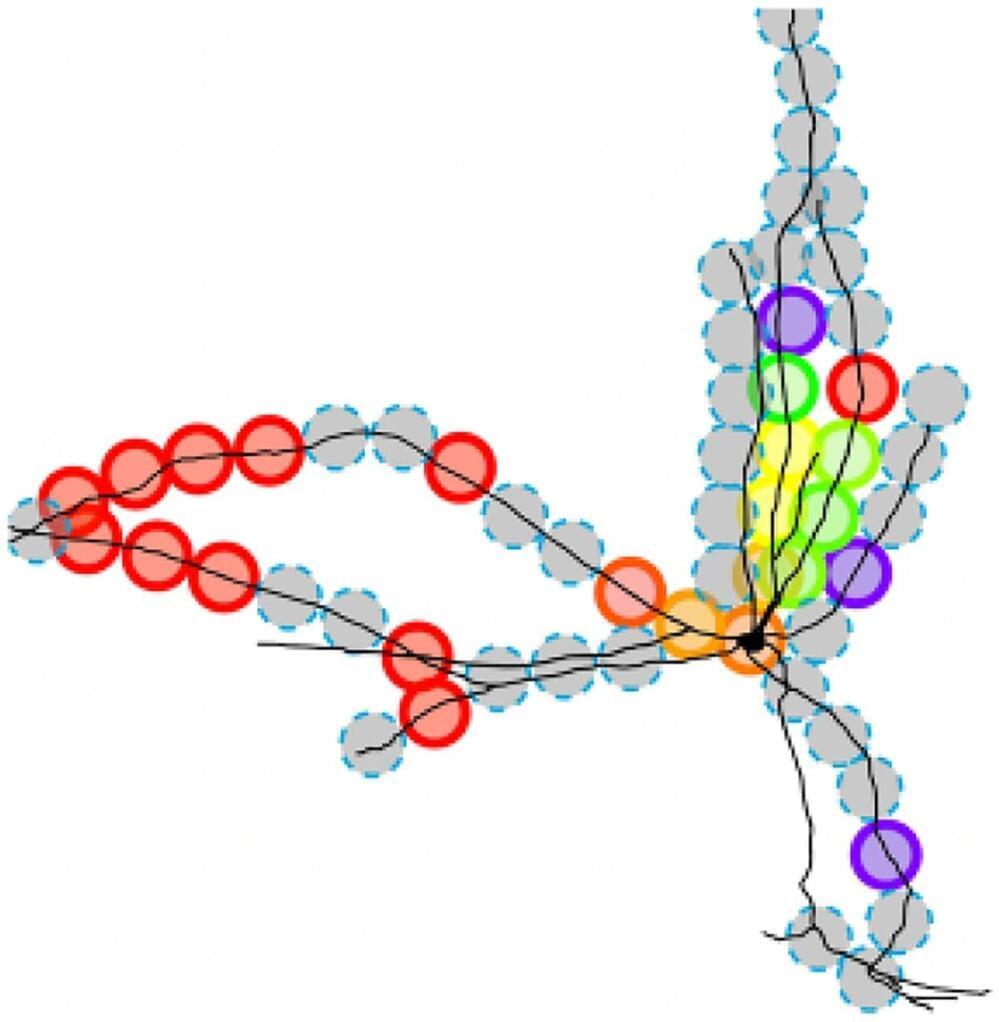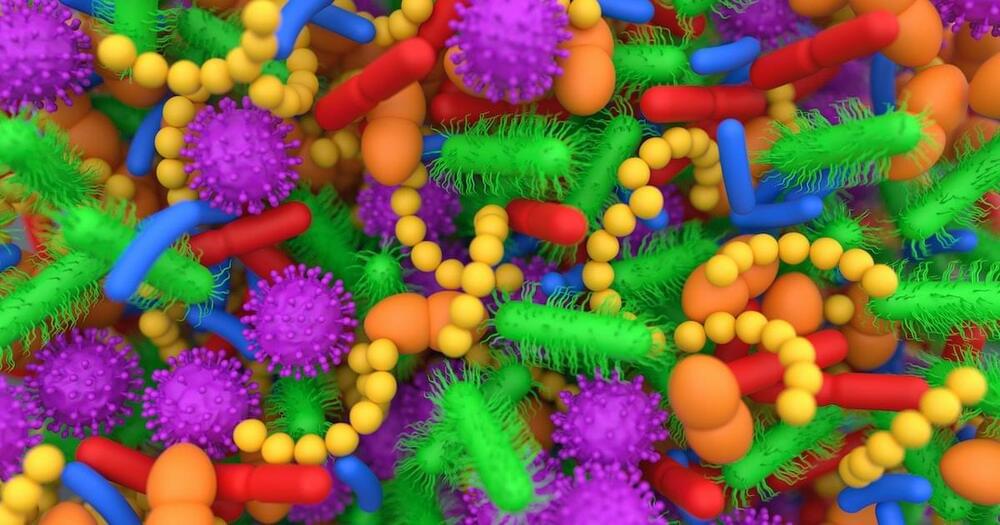A disturbing documentary titled Childhood 2.
Spoiler alert: It’s worse than you could imagine.
Returning to Childhood 2.0 and so many discouraging—okay—depressing documentaries from the past few years (The Great Hack, Requiem for The American Dream, The Social Dilemma, etc.), it’s tempting to throw up our hands. To surrender to disillusionment. Even nihilism.
That’s the wrong way to view the difficulties of our times.
Instead, let’s use our challenges as mechanisms for growth. Or as Winston Churchill once remarked, “Never let a good crisis go to waste.” In the spirit of innovation and goodwill to humankind this holiday season, let’s seize this challenging moment to tell a new story about philanthropy.







